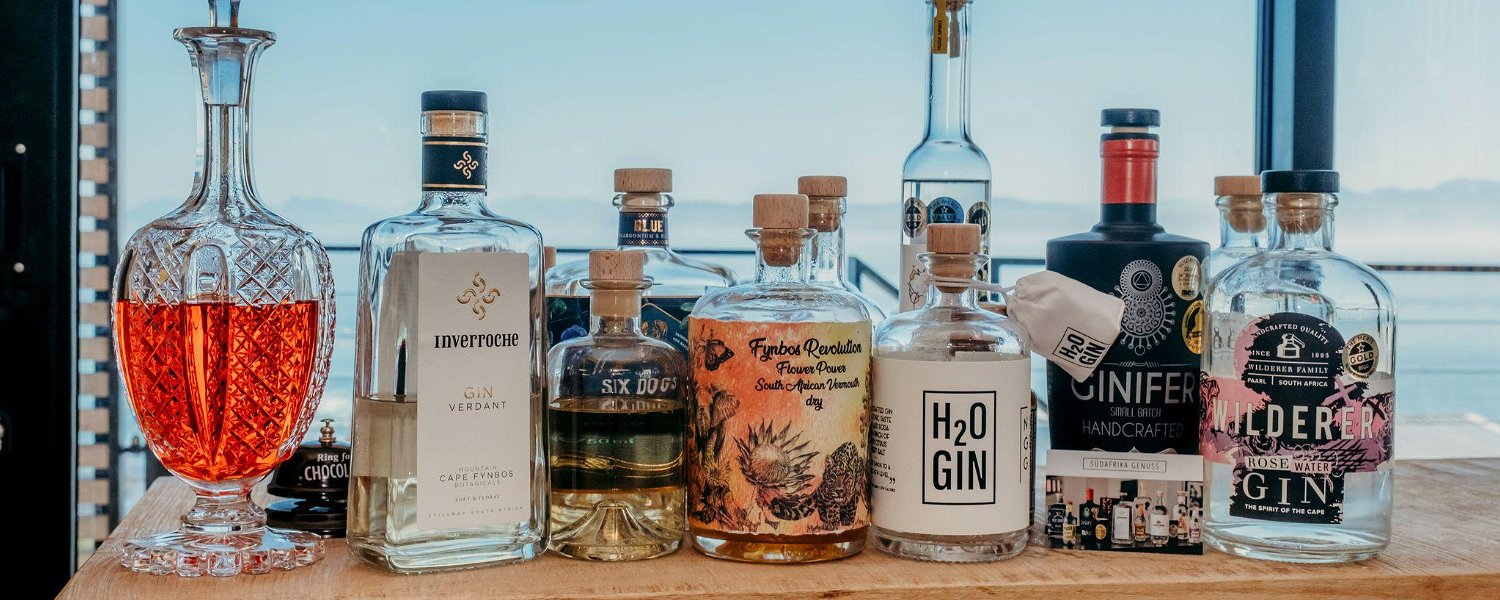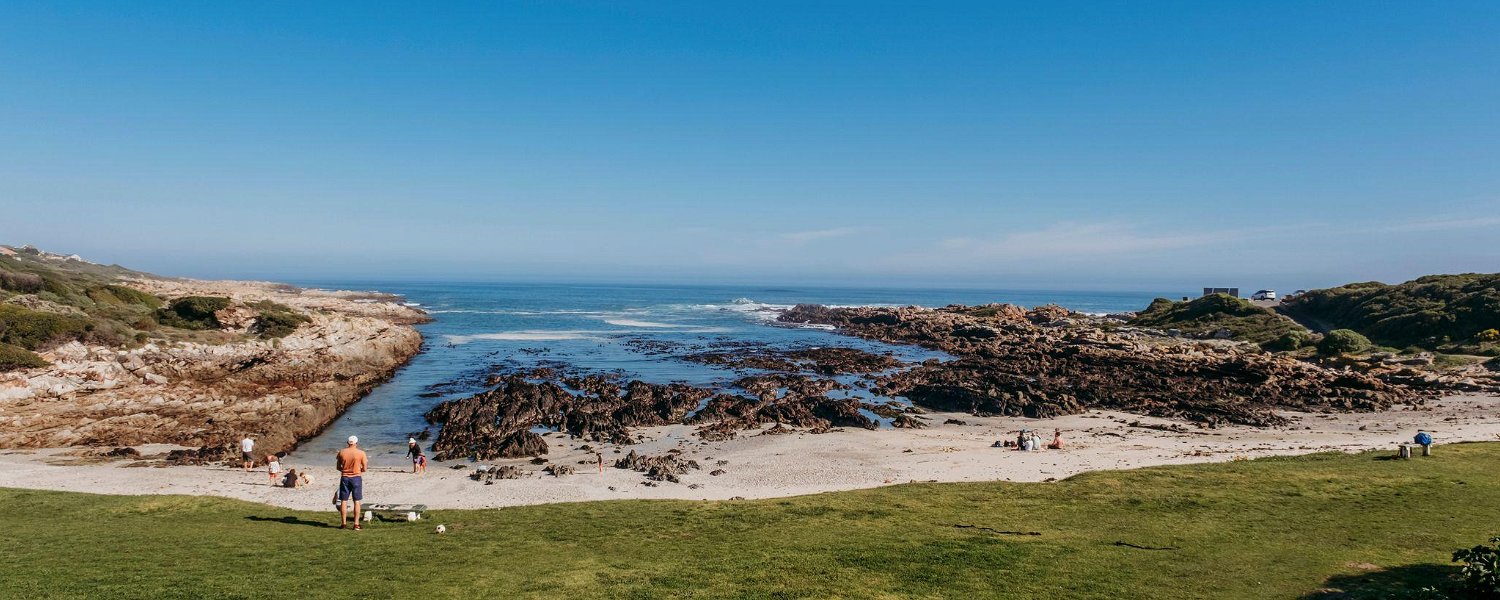To Do and See
Flora
Did you know we are in the middle of the Cape Floral Kingdom!
The natural wealth of the floral kingdom is particularly impressive if one considers that it only covers about 78 555 square kilometres. As such, it is the smallest of all six recognised floristic kingdoms known to man. Still, it boasts more than 9 600 species of South African plants including ferns, trees, flowers, mosses and fynbos varieties, of which 69% are endemic.
A large proportion of this vegetation is included under the Fynbos umbrella. This is a beautiful, hardy group of plants (most of which bear lovely flowers) that creates a shrub land where it is found in abundance. Due to its being unique to South Africa and stunning to witness in the wild, Fynbos has become somewhat of a tourist attraction in its own right.
The entire Cape Floral Kingdom is protected as a UNESCO World Heritage Site for ...
1) its outstanding processes in terms of ecology and biology, which is particularly due to the Fynbos biome, and
2) its sheer diversity and abundance within such a confined area.
In terms of the processes, this area has exhibited plants that have become adapted in their manner of fire resistance, as well as to the patterns of seed dispersal undertaken by various insects. With regard to its biodiversity, there are approximately nine species per genus and 52 different plant families. The species density is the highest in the world, making it one of only 18 biodiversity hotspots on the planet.
Want to go exploring the Fynbos? Book a Ranger to explore !
Fauna
The Overberg has more than 330 bird species with at least 20 endemic species. (Nearly 80% of South Africa’s 53 endemic bird species are found in the Western Cape.)
The lowland coastal area around Gansbaai presents a variety of habitats and food sources to birds. The many fruiting trees and shrubs attract fruit-eating species such as Cape Bulbuls and Mousebirds, as well as insect feeders. Sugarbirds and sunbirds also use the area as stepping stones to the mountains where there is an abundance of fynbos.
Nearly half of South Africa’s 63 diurnal raptors have been recorded in the Overberg. By comparison, only 30 species occur in the whole of North America and 38 species in Europe. The light brown solitary Steppe Buzzards are migrants from Eurasia and are often seen on the phone and power lines along the R43 to Hermanus. Jackal Buzzards are also often seen in the area. Black Harriers (near threatened) are endemic to southern Africa and are often recorded around De Kelders, especially in early summer. Rock Kestrels are a common site, often in pairs on our weather vane. One of the most common birds of prey seen along the roadside is the Blackshouldered Kite.
Spotted Eagle Owls are a common sight on the cliffs and overhead lines. Barn owls are also seen and heard occasionally.
The Overberg is the home of South Africa’s national bird, the Blue Crane. This graceful bird is critically threatened. The Overberg farmers have joined forces with Cape Nature Conservation in a very successful Blue Crane conservation programme, and numbers are now increasing. Blue Cranes form large flocks on the farmlands around Gansbaai and Caledon. They pair for life and are territorial.
Dyer Island, just off the coast of Gansbaai is a breeding ground for many sea birds such as Jackass Penguins, cormorants and Cape Gannets. Other coastal species that may be seen in De Kelders are terns, plovers, gulls and of course the striking African Black Oystercatcher, one of South Africa’s rarest coastal birds. Oystercatchers breed from October to March and are very vulnerable to disturbance by people and vehicles. These birds are often seen on the rocks and beaches along the Gansbaai coastline.
Want to go bird watching? Book a trained guide!
Art
Grootbos Florilegium
The Grootbos Florilegium is a contemporary botanical art project depicting both the botanical and pollination detail of the Cape Floral Kingdom. The artworks create a rich narrative documenting the flora and pollination stories of the reserve and it's surrounding regions.
Drive through the Fynbos , hear about the Cape Floral Kingdom, visit the Florilegium ( the only one in South Africa ) and enjoy a 3 Course Fynbos Menu !
Book a Fynbos Safari ! ( half day trip)




Share This Page